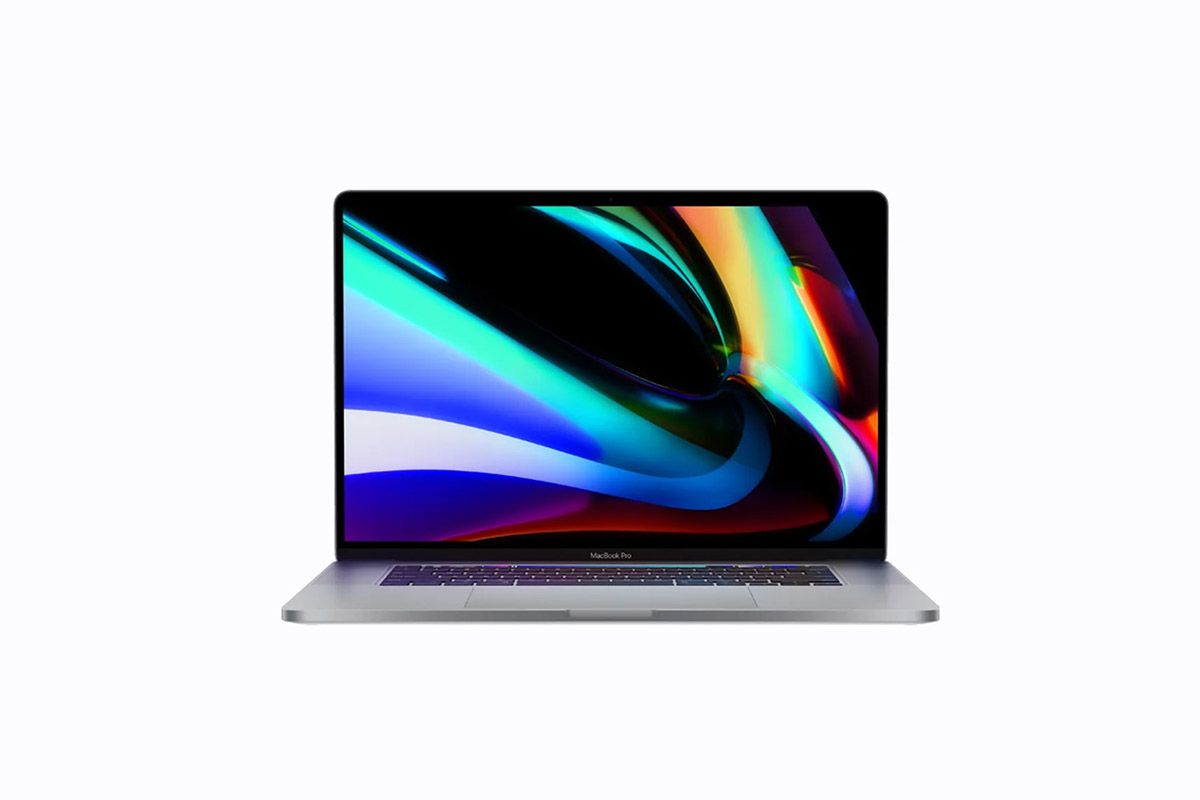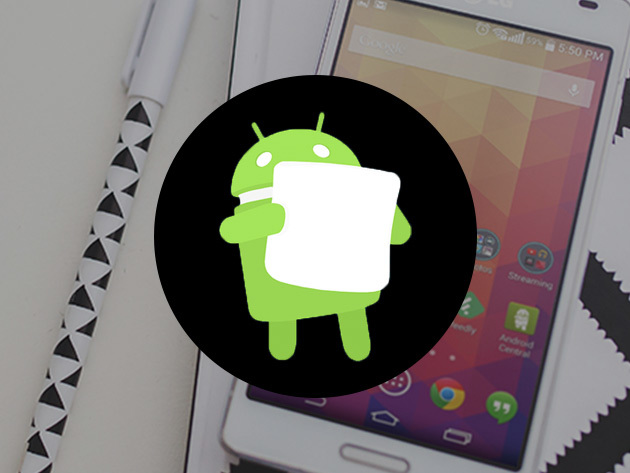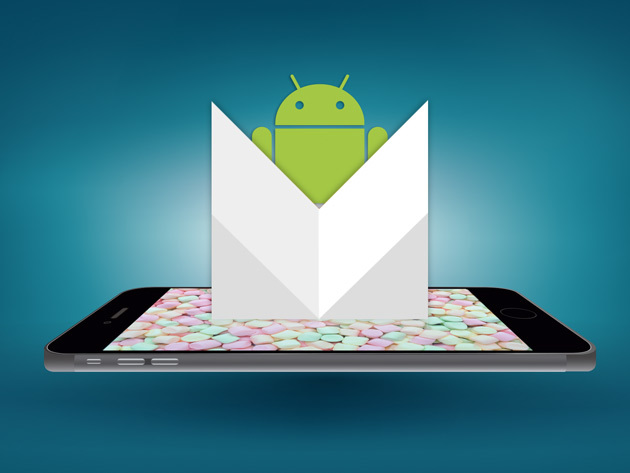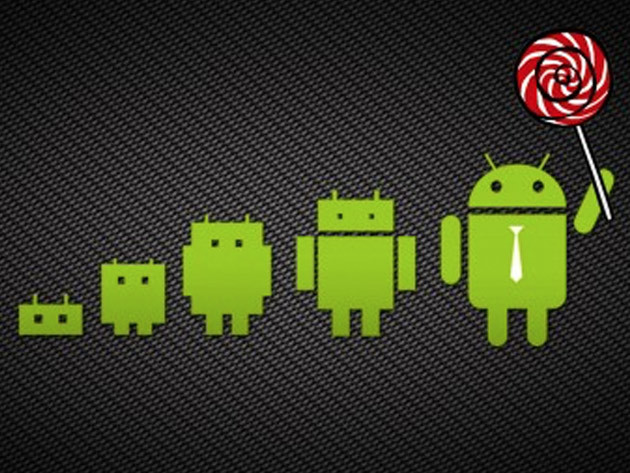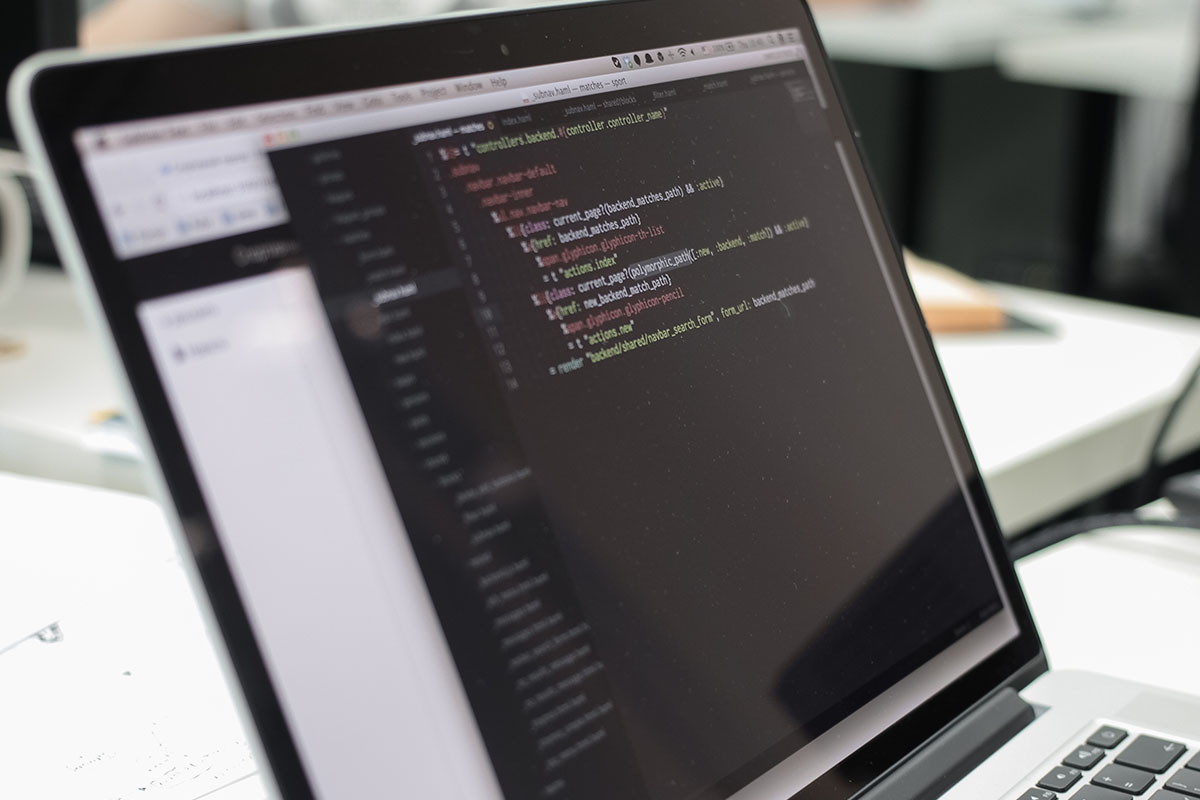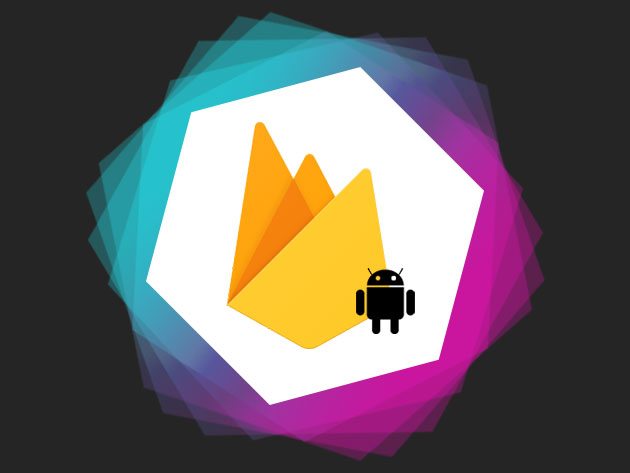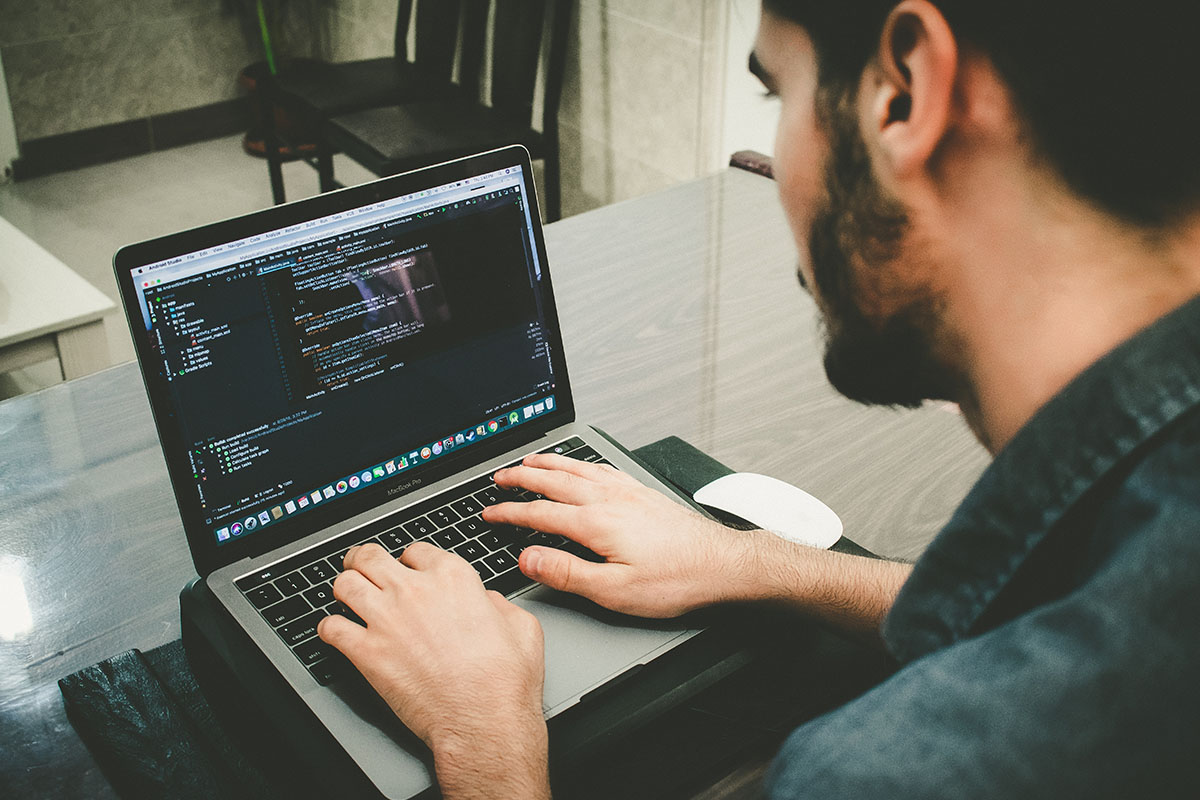The HDMI port has become the standard for audio-video I/O purposes. Short for High Definition Multimedia Interface, it was introduced in the early 2000s with the sole purpose of delivering an improved and convenient way to replace existing standards for carrying HDTV signals. The founders of HDMI include Hitachi, Panasonic, Philips, Silicon Image, Sony, Thomson, RCA, and Toshiba. HDMI ports can easily be found in most modern homes on televisions, laptops, and desktop PCs. Today, most gaming consoles also include HDMI ports as it offers a single-cable solution to transfer audio and video data.
Here, we have explained all the different versions of the HDMI specification that have been launched over the years, along with a quick look at the type of HDMI connectors. Much like USB, different specifications can be matched to different connectors/ports.
HDMI Specifications
HDMI 1.0
The first version of the HDMI spec arrived in December 2002. It primarily used a similar architecture as DVI for sending video signals but sent audio and other data during a video stream’s blanking intervals. It offered a data transfer rate of 4.9Gbps to deliver 720p resolution at 120Hz, 1080p at 60Hz, and 1440p at 30Hz. The standard also supported 8-channel audio.
HDMI 1.1
Making its first appearance in May 2004, HDMI 1.1 was a very small update to the existing HDMI 1.0 standard. The only new feature added was DVD-Audio support, which meant that HDMI could now deliver audio ranging from single-channel mono to 5.1-channel surround sound. The resolution and refresh rate specifications remained the same.
HDMI 1.2 and 1.2a
Arriving almost a year after HDMI 1.1, HDMI 1.2 was an important update as it included compatibility for low voltage devices, making it suitable for PCs (especially graphics cards). It also added support for some newer color spaces. This version was originally intended to derestrict formats to increase compatibility and compete with the new and emerging Display Port interface. In 2005 itself, HDMI 1.2a was announced, which added compliance for Consumer Electronics Control (CEC), allowing multiple HDMI devices to control each other with one remote controller.
HDMI 1.3 and 1.3a
This was a big leap for the standard when it launched in June 2006. First of all, it finally doubled the bandwidth to 10.2Gbps, which bumped up the ability to deliver 720p resolution at 240Hz, 1080p at 120Hz, and 1440p 60Hz. Additionally, it also added support for 4K or 2160p at 30Hz, although it wasn’t made official until the release of HDMI 1.4. It also added support for 10-bit, 12-bit, and even 16-bit color depth, depending on the resolution. This version also had support for increased color spaces and optional support for Dolby TrueHD and DTS-HD Master Audio. HDMI 1.3 also introduced a new Type-C Mini HDMI connector (more on that later). Like 1.2, this one also saw a mid-cycle update with version 1.3a, which again had similar CEC updates and some modifications to the smaller type-c connector.
HDMI 1.4, 1.4a, and 1.4b
In 2009, the next version of HDMI arrived with similar resolution support, including 4K and cinema or ‘true’ 4K, which is 4096x 2160 at only 24Hz but a wider aspect ratio. It also included an HDMI Ethernet Channel (HEC), which included a 100-Mbit/s ethernet connection between the two HDMI-connected devices and an audio return channel or ARC. This version also added support for stereoscopic 3D and a new micro HDMI connector, both of which didn’t really catch on. It also widened the support for additional rich and natural-looking color spaces, including Adobe RGB. It was also suggested to purchase the new High-Speed HDMI cables if you wanted to get the full experience of 1.3 and 1.4 features. There was also a completely different cable if you want the ethernet connection as well.
This was followed by 1.4a in 2010 that added some additional 3D formats and resolutions for broadcast content. It also saw another refresh in 2011 as 1.4b was introduced to mark the shift in production standard from LLC, with all future versions specified by the HDMI Forum.
HDMI 2.0
An important update to the standard, HDMI 2.0 introduced support for 4K at 60Hz and increased the overall bandwidth to 18Gbps. It was launched in 2013, pushing 1080p resolution at 240Hz and 1440p at 144Hz, which was a big jump for gaming. It also supported 24-bit color depth at 4K resolution, up to 32 audio channels, and eventually added support for HDR in 2015 with the release of HDMI 2.0a and Hybrid Log-Gamma with HDMI 2.0b in 2016.
HDMI 2.1
The most recent version, HDMI 2.1, was announced by the HDMI Forum in 2017. All new high-end televisions, gaming consoles, and graphics cards are now being shipped with HDMI 2.1. This can achieve 4K resolution at 120Hz and can even push up to 8K and 10K resolutions at 30Hz or higher using Display Stream Compressions. All of this was possible thanks to the doubling of the bandwidth and the addition of a fourth data-rate channel that meant a total of 48Gbps bitrate. The latest version also includes Dynamic HDR for specifying HDR metadata, Variable Refresh Rate (VRR), and ARC was updated to eARC (Enhanced Audio Return Channel) for audio formats such as Dolby Atmos and DTS:X. HDMI 2.1 also introduces the Ultra High-Speed HDMI cable category to comply with the high-speed bitrate.
HDMI Connectors and ports
The HDMI connector looks a lot like a full-size USB port, only larger and having a trapezium shape. It includes a male and female connector where you usually have the male version of the connector on cables or streaming devices that go into the female connector, which is usually on the device(s) being linked. Usually, the upper end of the HDMI port is longer than the one below, so it can only go one way in; thus, it isn’t reversible. While the full-size HDMI port is widely used, we’ve seen various shapes and sizes over the years.
Type A
This is the most common version, or as we say, full-sized HDMI. It includes 19 pins to offer bandwidth for carrying SDTV, EDTV, HDTV, UHD, and 4K modes. It is also electrically compatible with single-link DVI-D.
Type B
Comparatively larger than the standard Type-A port, the HDMI Type-B is compatible with dual-link DVI-D with a total of 29 pins which usually carry six differential pairs instead of three. This port was used for high-resolution displays with up to WQUXGA (3840×2400) resolutions. Notably, this port was not used in any popular commercial product.
Type C
Mini HDMI, or Type-C as they call it, was a smaller version of the type A plug but with the same 19-pin configuration. This was introduced for portable devices, including smartphones. The only difference was that the designation of the various pins was not the same when compared to HDMI Type-A.
Type D
Micro HDMI or Type-D was even smaller than the Type-C port, somewhat similar to the micro-USB port. This once again came with the same set of 19 pins but with a completely different pin assignment compared to Type-A and Type-C.
Type E
Also known as the Automotive Connection System, this HDMI port features a locking mechanism to keep the cable stable and withstand vibrations along with a shell to prevent moisture and dirt from disrupting the signal.
If this article helped you understand the various types and standards of HDMI, make sure you also go through our guide on the various USB versions and standards.
The post Everything you need to know about HDMI standards and connectors appeared first on xda-developers.
from xda-developers https://ift.tt/3aYJrA6
via
IFTTT





 (@rackadev)
(@rackadev) 


